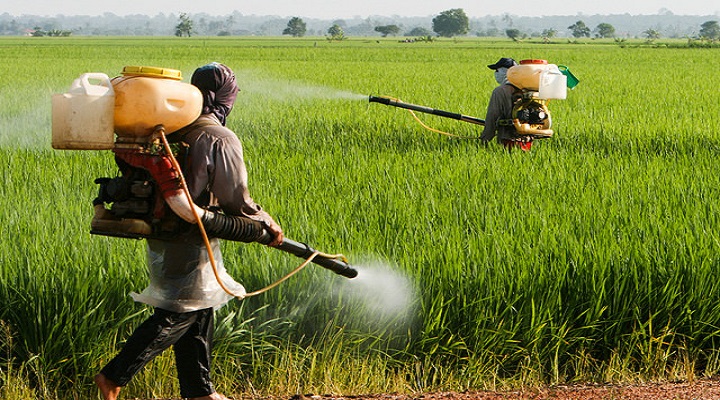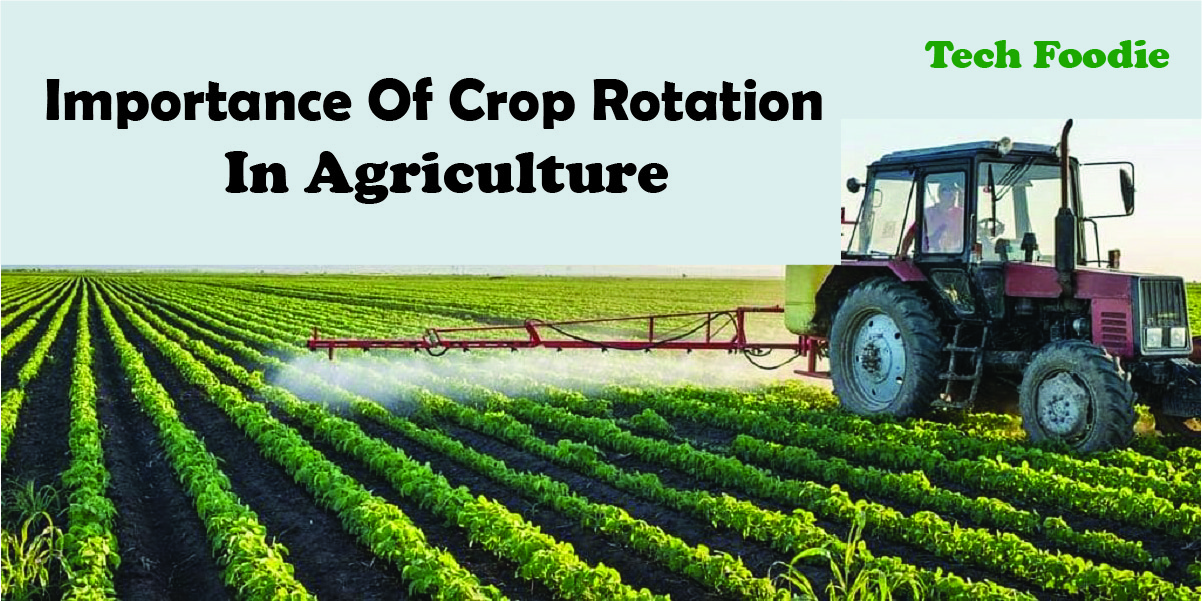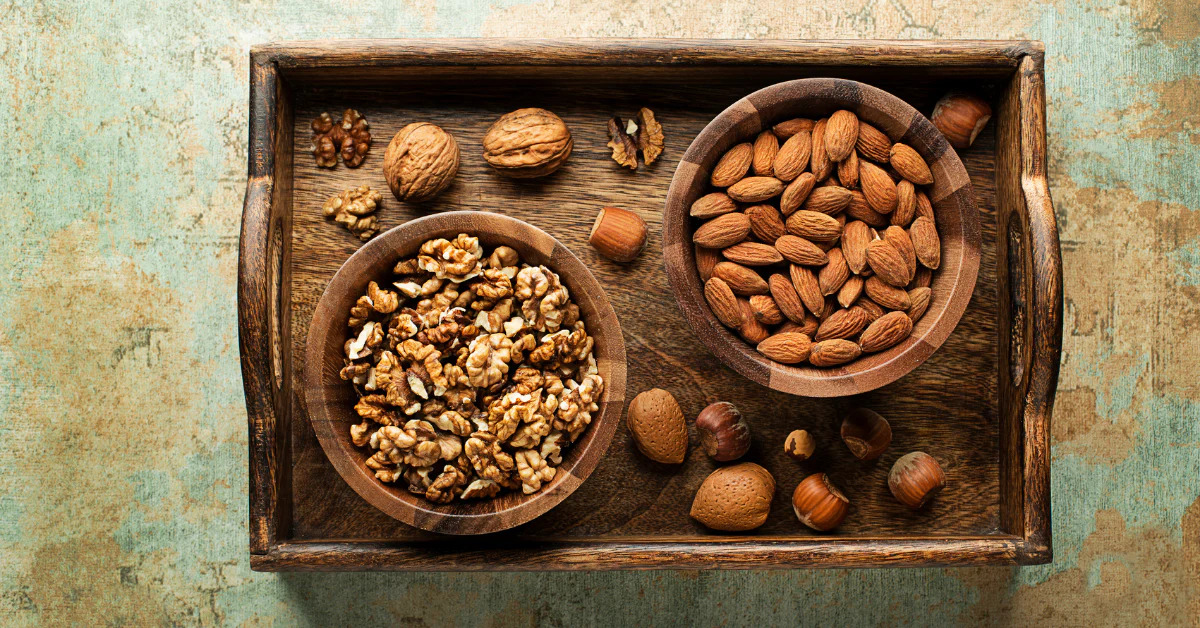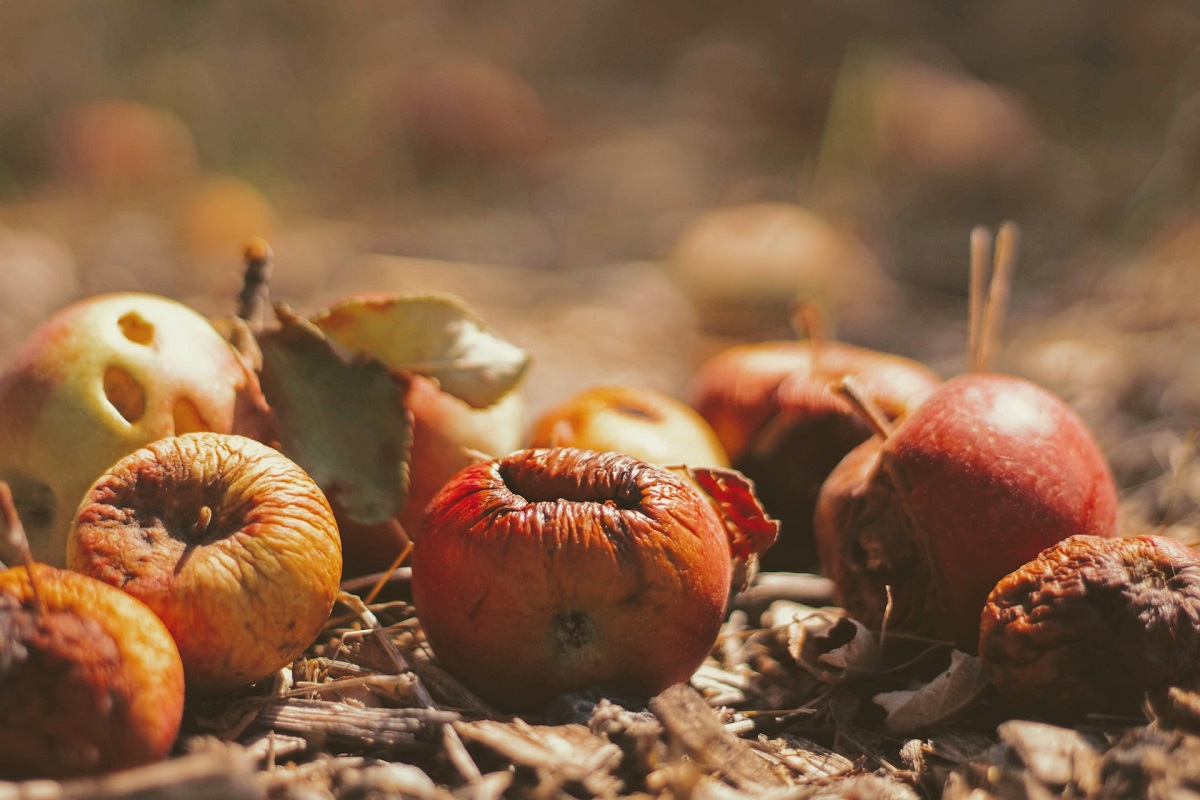Importance Of Crop Rotation In Agriculture – Tech Foodie
Agriculture is an important part of our lives, and environmental changes impact it. As a result, scientists and agriculturists are introducing new techniques so that we can produce sufficient crops to fulfill the food needs of everyone on our planet. Crop rotation is also a farming technique; however, it is not new and started back in the times of the Roman Empire or Ancient Greece. Although farmers at that time did not understand the science behind this technique, they found that growing the same type of crops on the same land for several years depletes nutrients from the soil and reduces crop yield.
To overcome this problem, the Romans introduced a system called “food, feed, fallow.” According to this practice, farmers divided their land into three sections. In one section, they planted food crops such as wheat; in the second section, they planted livestock feed crops such as oats, and they left the last section fallow to recover. In the next growing season, these sections were rotated to ensure land productivity in the long term.
Farmers have seen a significant improvement in soil quality and decreased crop losses due to pests attack or diseases. It means the technique proved to be effective.
Let’s understand the principles of crop rotation and how crop rotation can make a difference in finding the importance of crop rotation in agriculture.
What Is Crop Rotation?
Crop Rotation is the practice of growing various crops on the same plot. It helps maintain the soil’s nutrients, reduces pests and weed pressure, and improves soil health. It is also a part of important strategies for managing some diseases and pest attacks. The idea behind crop rotation is to grow crops of the same family in different areas each growing season. For example, if you plant cabbage in one area, do not plant cabbage or any vegetable from the cabbage family, such as broccoli, in the next growing season. Crop rotation is more useful for farmers working in a larger area but also effective for home gardeners.
What Are The Principles Of Crop Rotation?
The basic principle of crop rotation is to avoid planting the same crop in the same field year after year. Instead, different crops are planted in a planned sequence or rotation.
The rotation pattern can vary depending on climate, soil type, and farming objectives. Farmers usually do not follow a specific crop rotation plan and grow alternate crops depending on their requirements, environmental conditions, and budget.
For example, one farmer may follow a seven-year crop rotation plan as follows:
- First year: Corn
- Second year: Oats
- Third to fifth year: Clover or Alfalfa
- Sixth to seventh year: A Pasture for livestock or fallow land
And another farmer may follow a simple scheme as follows:
- First year: Carrots
- Second year: Wheat
- Third to seventh year: Bluegrass
Although these two plans are different, they stick to the general rules of crop rotation. The basic principle is to plant leguminous crops after the cereal crops and then leave the land fallow for at least one season.
Which Problems Can Crop Rotation Prevent?
Following a proper rotation sequence helps prevent three major problems you see when you crop the same crop year after year in the same field. These problems are as follows:
1. Loss of soil fertility
When a farmer grows the same crop in a field year after year without changing it up, the plant constantly takes in the same nutrients from the soil. This continuous extraction of nutrients eventually results in the soil becoming depleted and infertile. In simpler terms, the soil loses its ability to provide the necessary nutrients for the crop to grow healthily. As a result, the crop’s productivity decreases, and the farmer may face difficulties achieving good yields. That’s why farmers need to practice crop rotation, switching the types of crops they grow in a field over time. It helps maintain the soil’s fertility by balancing nutrient levels and preventing depletion. By rotating crops, farmers can ensure that their soil remains healthy and capable of supporting successful harvests.
2. Soil Erosion
Growing the same crop repeatedly without changing it can make the soil more vulnerable to erosion. Each crop has unique characteristics, like the shape of its roots, how much water it needs, how close the plants are to each other, and how their leaves form a canopy. When we stick to just one crop type for a long time, the soil becomes exposed and weakened in certain areas where the plants don’t cover it. It makes it easier for wind and water to erode the soil away. So, it is important to practice crop rotation to give the soil a break and prevent erosion. Switching the crops, we grow can protect the soil and keep it strong and healthy for future plantings.
3. Pest Infestation
Did you know that pests have their preferences when it comes to crops? Just like we have our favorite foods, pests tend to specialize in certain types of crops. So, when we repeatedly plant the same crop, we create a welcoming environment for these pests to thrive. By providing their preferred crop, we give them exactly what they need to multiply and cause trouble. That’s why it’s important to practice crop rotation. Switching up the crops we grow can disrupt the pests’ party, making it harder for them to settle in and cause damage. It’s a clever way to keep those pesky pests in check and protect our crops.
Benefits Of Using Crop Rotation Technique

Now that you understand what crop rotation is and its basic principles, let’s see some significant benefits of using this planting principle.
1. Prevent Pest Infestation
Insects that attack a specific crop type will be thrown off when you change the crop planted in the next season. Pests also lay their eggs in the soil and remain there if their food source is present. If you take measures to prevent these pests from feeding, it becomes easy to manage their population.
Crop rotation is also part of Integrated Pest Management, an eco-friendly method of crop production that aims to reduce the use of chemical pesticides and herbicides.
2. Better Nitrogen Management
Nitrogen is one of the most important nutrients for plant development. It is an indispensable part of DNA and the building block of proteins and chlorophyll.
Although 78 percent of nitrogen is present in our atmosphere, plants cannot use nitrogen in its atmospheric form. They uptake a ‘fixed’ type of nitrogen as ammonia, nitrite, or nitrate, from the soil. One way to fix soil nitrogen is by growing leguminous crops because they have symbiotic bacteria that enrich the soil with fixed types of nitrogen.
Planting leguminous crops has a beneficial impact on the soil and subsequent rotational crops. These crops enrich the soil with nitrogen, an essential nutrient for healthy plant growth. As a result, when cereal crops or grass species are cultivated on the same land as leguminous crops, they can thrive and yield higher harvests due to the nitrogen-enriched soil.
3. Water Conservation
Crop rotation improves soil structure and enhances soil’s water-holding capacity. Soils that have good structures allow ast and better absorption of water. Crops readily use some of this water; additional water is retained in the pores used by plants in the drier season. It means crop retention plays an important role in water conservation on farms.
Following are some additional benefits of better water holding capacity:
- Reduced flooding risks
- Prevention from erosion
- Reduction in nutrient loss due to runoff
- Striving crops
- Groundwater reservoir replenishment
4. Mitigate Climate Change
Crop rotation also plays an important role in the mitigation of climate change through reduction in greenhouse gas emissions and increased ability of soil to store carbon.
Intensive agriculture practices have emerged as significant contributors to the emission of a potent greenhouse gas known as nitrous oxide. This gas possesses a global warming potential that is 300 times higher than carbon dioxide. Unfortunately, due to the excessive use of nitrogen fertilizers in agriculture, nitrous oxide emissions have surged by nearly 50 percent. We need to address these concerns and find sustainable solutions to mitigate the impact of agriculture on greenhouse gas emissions.
Crop rotation offers a practical solution to decrease the reliance on nitrogen fertilizer in agriculture, potentially reducing up to 100 kilograms per hectare annually. This reduction significantly mitigates nitrous oxide emissions, a potent greenhouse gas, and helps prevent further changes in greenhouse gas concentrations from our agricultural practices.
Moreover, the soil possesses a remarkable ability to capture and store carbon from the atmosphere. Through practices such as improving soil structure, minimizing soil disturbance, and implementing cover cropping, crop rotation farming enhances the soil’s capacity to store more carbon. It, in turn, aids in offsetting the carbon emissions associated with agricultural production, contributing to a more sustainable and environmentally conscious approach to farming.
5. Increased Crop Yields
The list of benefits of crop rotation is incomplete without mentioning the increase in crop yields. All the benefits include improved water retention, better soil nutrients, and pest prevention combined and create a perfect environment to grow healthy crops.
Many studies have also confirmed crop rotation is a sustainable farming method that can increase harvest. Another study has shown that the harvests of potatoes, beans, and corn nearly doubled when land is managed sustainably. These positive results happened due to the maintenance of healthy soil, pest and weed suppression, and smart use of nutrients.
Conclusion
In conclusion, crop rotation is a time-tested agricultural technique that offers numerous benefits for farmers and the environment. By avoiding the continuous planting of the same crop in the same field, crop rotation helps maintain soil fertility, prevents soil erosion, and mitigates pest infestation. It enables better nitrogen management by including leguminous crops that enrich the soil with essential nutrients. Additionally, crop rotation improves water conservation by enhancing soil structure and water-holding capacity. Moreover, it contributes to mitigating climate change by reducing greenhouse gas emissions and enhancing the soil’s ability to store carbon. Lastly, crop rotation increases crop yields, promoting sustainable farming practices and ensuring a healthy and abundant food supply. Farmers can achieve long-term sustainability by embracing crop rotation while protecting the environment for future generations.



